Renewable FAQ's
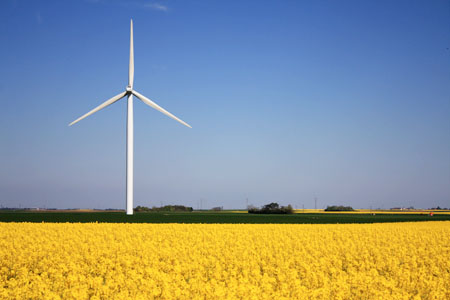
What are the types of renewable energy sources used on Scottish farms?
The most common types of renewable energy sources used on Scottish farms are wind turbines, solar photovoltaic (PV) panels, run of river hydroelectric schemes, anaerobic digesters and biomass boilers. Solar thermal may also be used and heat pumps can provide heating and cooling, but heat pumps will still require electricity to operate. The scales of renewable development will vary depending on the site and technology. Wind energy is the largest source of renewable electricity in Scotland, generating 78% of all renewable electricity output in Scotland in 2022.
For more information on specific technologies visit: https://www.fas.scot/environment/climate-change/renewable-energy/useful-publications/
![Solar_Panels_in_Field[1] Solar panels in a field](https://www.fas.scot/wp-content/uploads/2017/02/Solar_Panels_in_Field1.jpg)
How much money can farmers save by using renewable energy sources?
The amount of money farmers can save by using renewable energy sources varies depending on the type of energy source and the size of the farm. With high energy prices, farmers can save significantly on their energy bills by switching to renewable energy sources and offsetting grid electricity, helping to become more energy self-sufficient.
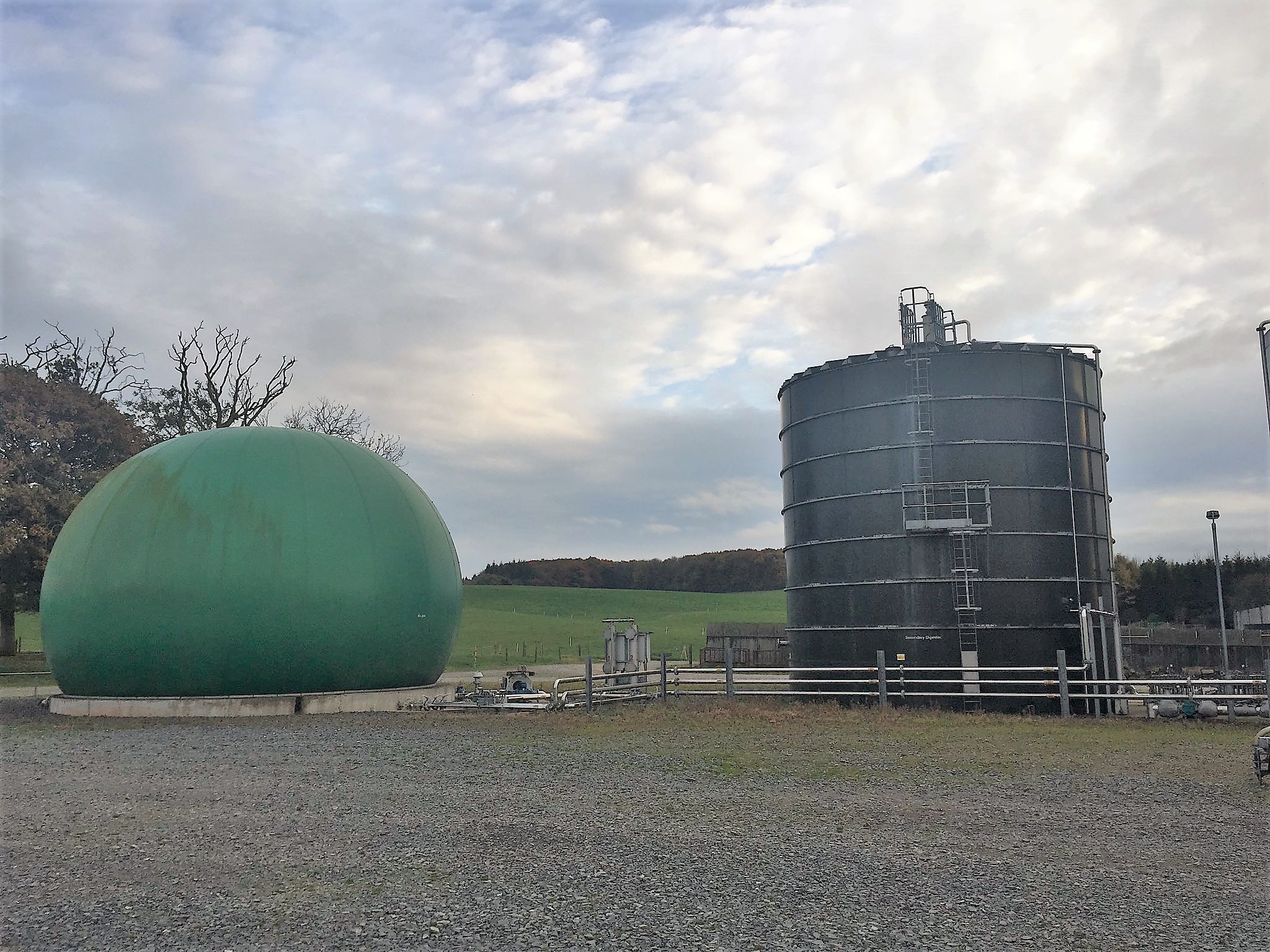
What are the main challenges facing farmers who want to switch to renewable energy sources?
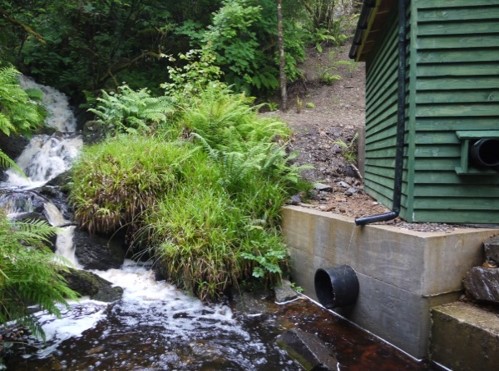
Are there grants or funding available?
Banks and financial institutions may offer favourable rates for loans on renewable and green projects. Further support may be available through schemes such as Business Energy Scotland, who offer a SME Loan and other cashback options for efficiency and heat projects. Home Energy Scotland also offer similar smaller scale support if doing work to a residential property.
More info on Business Energy Scotland can be found here: https://businessenergyscotland.org/smeloan/ and more info on Home Energy Scotland can be found here: www.homeenergyscotland.org/funding/grants-loans/
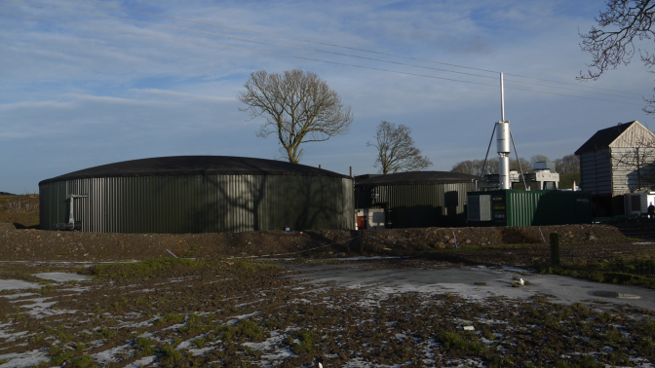
Are there any government incentives for farmers to switch to renewable energy sources?
In the past there were several government incentives available for farmers who switch to renewable energy sources, such as the Renewable Heat Incentive (RHI) and the Feed-in Tariff (FIT). However, both of these schemes are now closed to new applications. Government support has reduced as the sector becomes more established, but some support is still available through schemes such as Smart Export Guarantee (SEG), which ensures that renewable generators are paid for the electricity they export to the grid. The main economic drivers now are often offsetting and existing high onsite demand and therefore offsetting high energy bills, as opposed to government incentives.
Government support schemes change over time, and new schemes may be introduced. Therefore, it is advisable to consult official UK and Scottish Government websites and relevant funding agencies, for the most up-to-date information on available support.
For more information on this, SEG and other government schemes see: https://www.ofgem.gov.uk/environmental-and-social-schemes
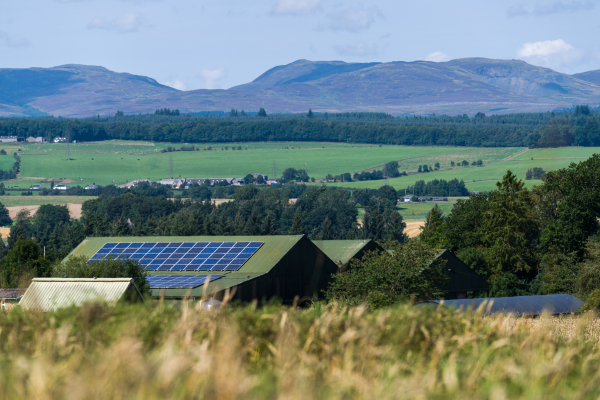
How can I assess the feasibility of implementing renewable energy systems on my farm?
Assessing the feasibility involves evaluating factors such as energy consumption, available resources (wind speed, sunlight, etc.), site suitability, financial considerations, and regulatory requirements. It is advisable to consult with trusted renewable energy professionals who can conduct a feasibility study and provide specific recommendations for your farm. Before investing in any form of renewables you should make the best use of your existing systems and looks at energy efficiency options. Undertake an energy audit to understand your site needs and demands. Doing all of this will help to save money and ensure you are investing in the right scale and type of technologies.
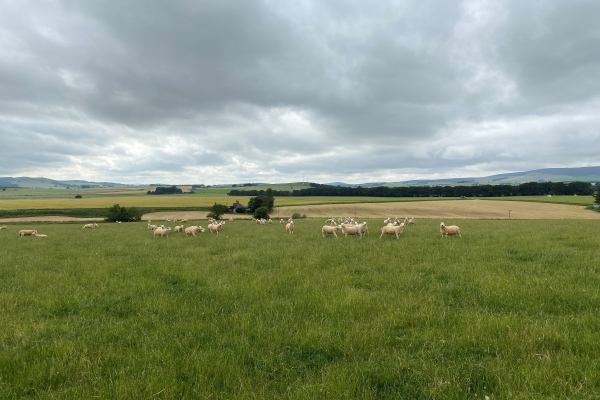
Are developers looking for land to rent for renewable developments?
Some renewable technologies are looking to rent land for some large scale development. If considering this they you need to compare potential revenue against income available from more traditional uses to determine if it is worthwhile. Any costs associated with returning the land to agricultural use at the end of the project should be considered. In addition advice should be sought on the effect on an existing business of removing land from agricultural production which could have an effect on a number of issues including area payments and tax liabilities including inheritance tax. Developers typically are looking for large areas of non-prime agricultural land, with a good grid connection and no areas of deep peat. Solar developers for large scale ground mounted schemes are typically looking for sites of around 100 acres and can offer payments around £1000/acre. However this depends on the type of scheme and may vary dependent on location and developer.
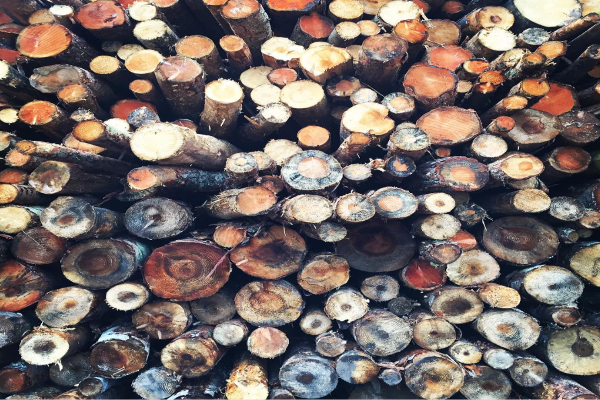
What are the benefits of developing renewables on farms in Scotland?
Developing renewables on farms in Scotland offers multiple benefits, including reduced carbon emissions and green marketing opportunities, reduction on energy bills and potential income diversification such as export tariffs and power purchase agreements (PPA). Renewables can provide energy self-sufficiency and security through reduced reliance on traditional energy sources, and contribute towards Scotland's renewable energy targets.

How much land or space is required for installing renewable energy systems on farms?
The space required depends on the type and size of the renewable energy system. For example, wind turbines may require a large land area, but the land around the turbines can usually still be used for agricultural purposes. Solar panels can be roof mounted, therefore they make use of existing vacant roof space, and don’t require any additional land take. It's best to consult with renewable energy experts or assess specific system requirements.
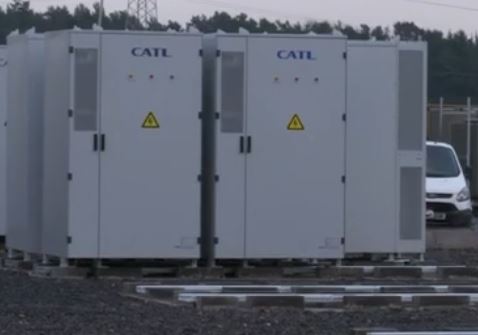
Can I get a grid connection and sell excess renewable energy generated on my farm back to the grid?
Yes, it is possible to sell excess renewable energy back to the grid through schemes like Smart Export Guarantee (SEG), which guarantees you are paid something for the electricity you export to the grid. However the payments offered by suppliers in p/kWh is often less than the purchased price of electricity. So offsetting a high onsite demand first and reducing your own energy bills is often the better option instead of relying solely on export.
Small installations with a maximum system output of 3.68 kW per phase or less can be connected to your existing wiring by an approved installer provided that the district network operator (DNO) is informed within 28 days. For larger systems permission must be obtained before a connection is made. Connecting systems of up to 50 kWp can be fairly straight forward where a 3 phase supply is available although any requirement to upgrade existing transformers should be checked in advance of committing to purchase
of a system. As installation size increases potential connection problems will become greater.
Many areas of Scotland also have constrained networks already operating at their design capacity and access to the network may require extensive upgrading to the local distribution network or the national transmission network. This can not only add huge costs to a potential project it can also result in substantial time delays (often of several years) before a new generator can be connected. Liaison with the local network operator at an early stage is advised. In order to be completely sure that a connection will be available when required it is necessary to have received an offer of connection including a connection date and have paid a deposit to secure the grid capacity.
For more information visit:
SEG: https://www.ofgem.gov.uk/environmental-and-social-schemes/smart-export-guarantee-seg
Scottish and Southern Energy Networks: https://www.ssen.co.uk/our-services/new-supplies/generation-connections/
SP Energy Networks: https://www.spenergynetworks.co.uk/pages/distributed_generation.aspx

Are there any planning or regulatory considerations for installing renewable energy systems on farms?
Yes, there are planning and regulatory considerations for installing renewable energy systems. Depending on the size and type of the system, you may need to obtain planning permission and comply with relevant regulations, such as environmental impact assessments and grid connection requirements. Some schemes, such as wind turbines can require a significant amount of work to gain planning consent. Roof mounted solar is usually classed as a permitted development, however some exceptions exist, so you should always check with the local planning department first.
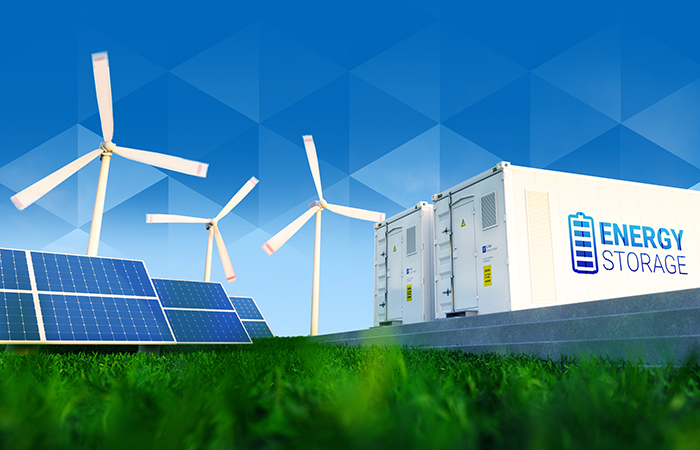
Is battery storage viable at the farm scale?
As renewable yield patterns can be variable and don’t always correspond to onsite demand, storing the renewable power for when it is needed is a desirable option.
Storage options have become more viable at the farm scale due to high electricity prices and advancements in technology. Storing your own renewables if you have a poor export contract or additional income from emerging grid balancing services may provide opportunities. Potential storage options can include lead-acid, lithium, or flow batteries, which all have different costs, lifespans, and applications.
- Lead-acid based is lowest capex, but generally higher lifetime costs – works in low temperatures
- Lithium based is higher capex but lowest lifetime costs – don't work in low temperatures – currently long lead-times
- Flow batteries, new technology, but could soon replace lithium for large scale storage option – not for space limited situations.
Green hydrogen created from renewable electricity is another potential way of storing large amounts of energy for multiple uses. Capital costs are high and small scale is less reliable currently, but it can store large amounts of energy easily. It also provides additional uses such as for transport and in the production of green fertiliser.
More traditional storage options could include water heating where the water can be stored within a thermal store until required or ice building within refrigeration plant. Various types of storage can help to make the most use of your renewable generation.

How long does it take to recoup the investment in renewable energy systems on farms?
The payback period for renewable energy systems varies depending on factors like the type of system, installation costs, energy prices, and revenue options. If you are using the generated power to offset a high onsite demand then this can help to significantly improve payback periods, especially at times of high energy prices, by reducing reliance on grid bought power and offsetting expensive energy bills.
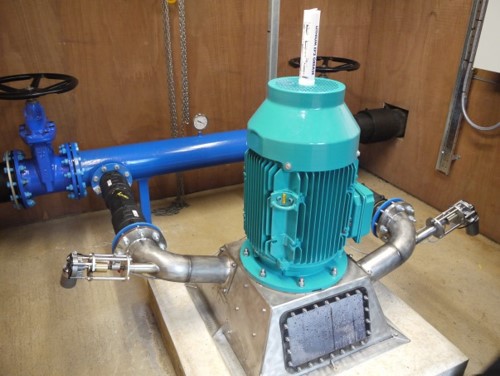
Are there any technical or maintenance requirements for renewable energy systems on farms?
Yes, renewable energy systems require regular maintenance and monitoring. This may involve tasks such as cleaning solar panels, inspecting wind turbines, servicing biomass boilers, or ensuring proper functioning of hydroelectric systems. Maintenance requirements vary by system and should be discussed with the equipment manufacturers or installers.
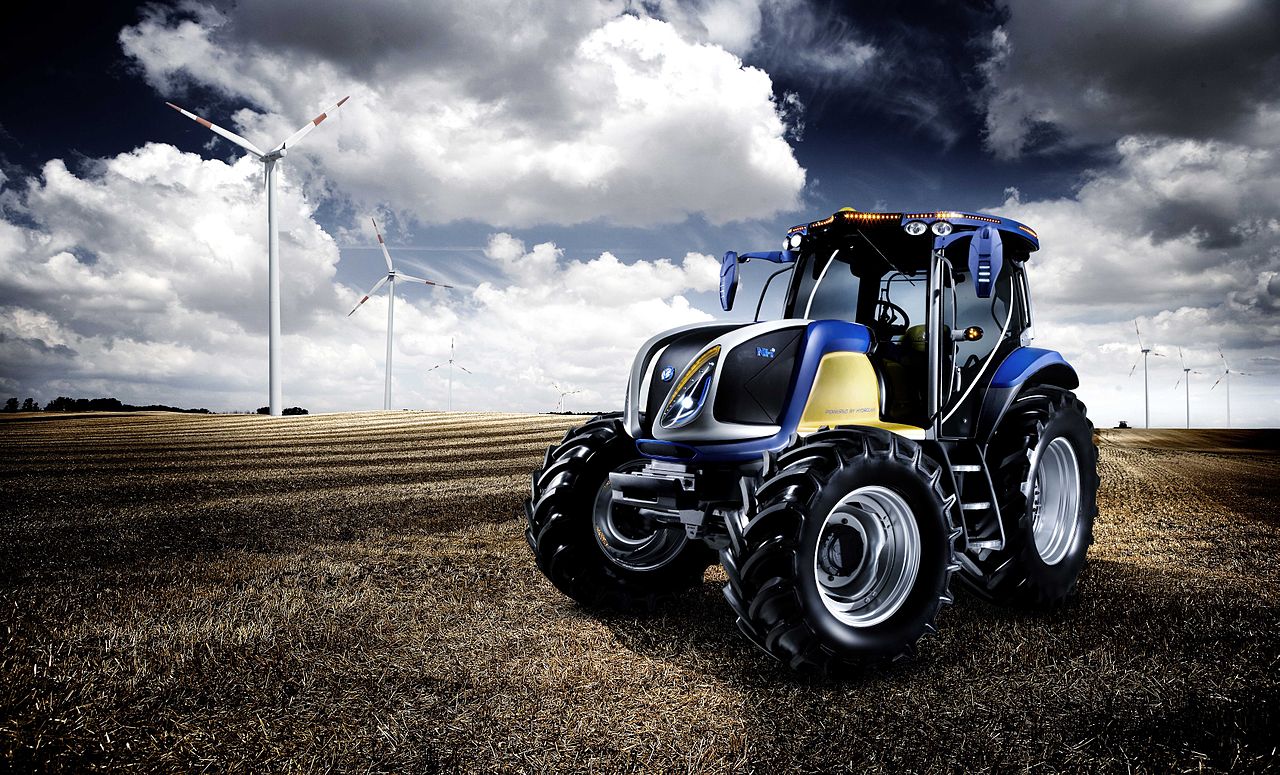
Can I use renewable energy systems on my farm to power agricultural machinery?
Yes, it is possible to utilize renewable energy systems to power agricultural machinery. For example, solar panels can charge electric farm vehicles or machinery, reducing reliance on fossil fuels and lowering operational costs. Biogas from AD plants or using the renewable power to generate green hydrogen can provide additional opportunities.

Where can I get more information?
For detailed and up-to-date information, costs and viability on developing renewables on farms in Scotland, it is recommended to consult with trusted local renewable energy experts, reputable developers, government agencies and relevant organisations.
Visit the dedicated FAS pages for more information: https://www.fas.scot/environment/climate-change/renewable-energy/
Sign up to the FAS newsletter
Receive updates on news, events and publications from Scotland’s Farm Advisory Service
